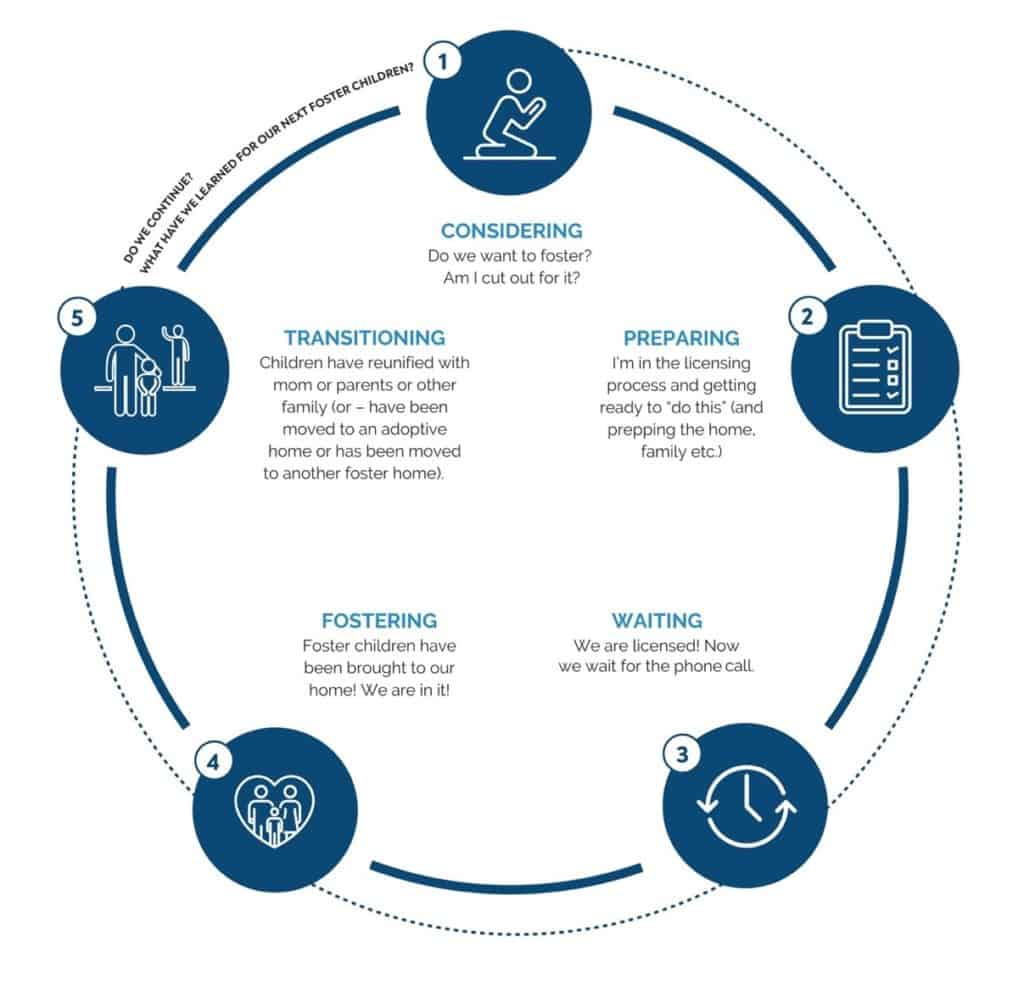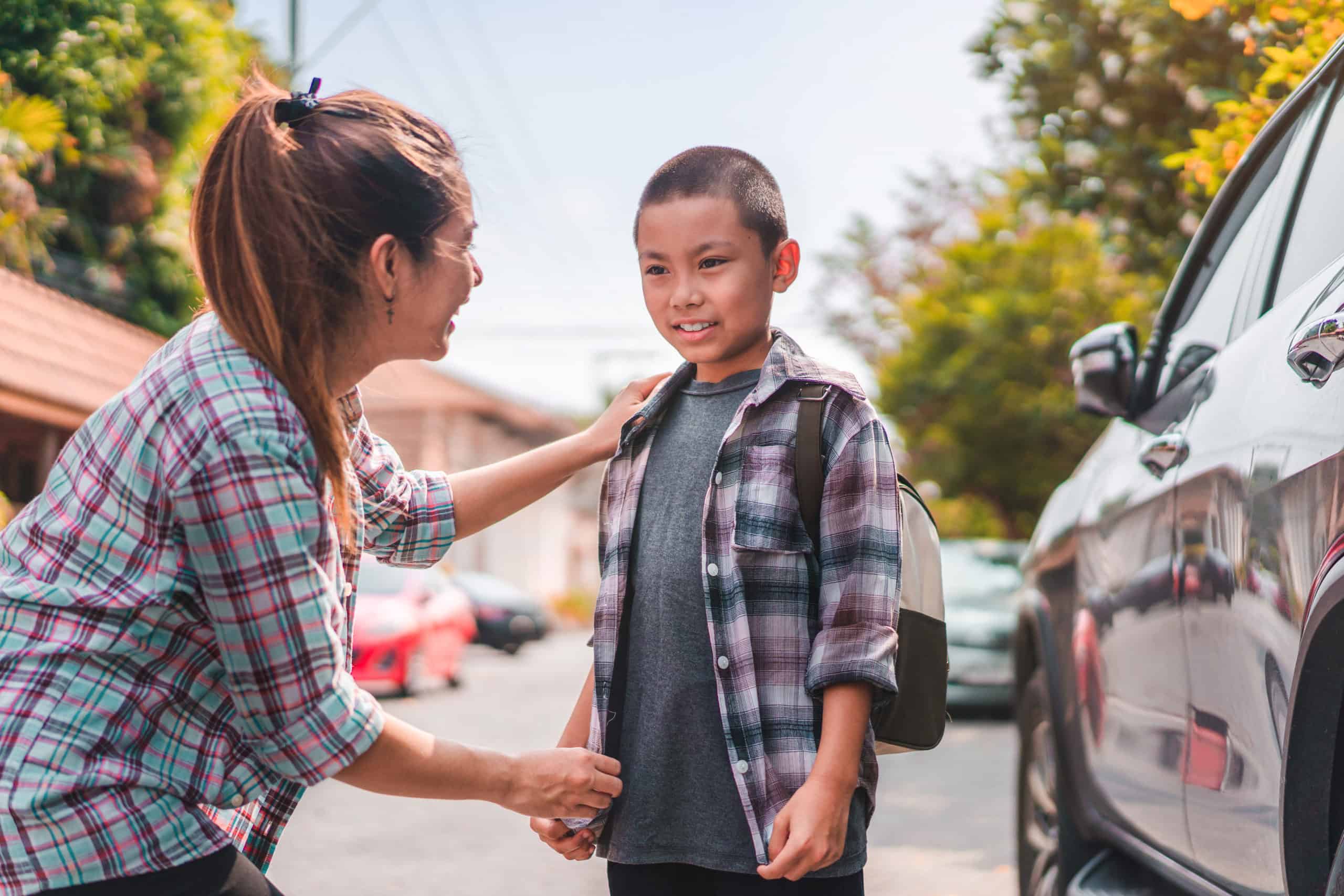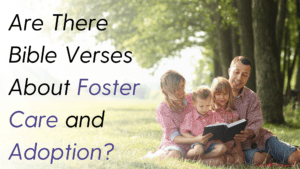We hugged her more times than I can count. We told her we loved her even more, and then we finally pulled ourselves together and got into our car, leaving behind the child with who we spent countless precious hours with for the past 18 years. My wife, Sue, and I were driving away from the dorm, where we had just dropped our daughter off for her first year of college. Tears flooded my eyes, and I was filled with mixed emotions: joy and sadness; pride and fear; gratitude and loss. How was it possible that I was feeling all these things at the same time? Our daughter growing up, achieving admittance to college, and living away from home was a good thing. This new phase was what she wanted. What we had all worked towards, and what was best for her at this stage in her life. So why was I feeling so good and bad at the same time?
Transitioning from childhood to adulthood is a normal and healthy part of the development process for children. It’s something to be celebrated, but it doesn’t come without grief. Even though we knew it was best for our daughter to move away from home, it didn’t come without feelings of loss for her and us. Similarly, foster families experience a range of emotions as the foster children in their homes transition to a new situation.
Phase Five: Transitioning
This phase may be the most difficult in terms of emotions. The considering, preparing, waiting, and fostering are full of anticipation, expectation, and activity. Transitioning is the resolution and the aftermath that comes with it. It’s the joy of reunification and the grief of children no longer living with you. It’s the celebration of adoption but the acknowledgment of what the children have lost.
For most families, this phase begins with children reunifying with their birth family, and for some, the children move to an adoptive home. This can feel devastating even under the best circumstances because these children, who they were caring for as if they were their own, are suddenly gone. Their daily routine, which was put in a tailspin when the children first arrived, now feels empty.
This is a time for families to process grief and navigate, if possible, continued relationships with the children and their birth or adoptive family to help them on the road to success.
One FaithBridge family has a tradition of spending a day together. “The morning after children leave our home to be reunified with their family, we clear our calendars, gather all of our children in our king-sized bed and get a giant box of donuts. We spend the day crying together and watching Disney movies.”
Ways You Can Support
If you are a friend or family member of someone who is fostering, here are some ways you can support them through this transition:
- Check on them frequently. Don’t wait for them to come to you – call, text, visit.
- Be a shoulder to lean on. Children have left this family, and it isn’t easy to move on. Just be there for them and grieve with them.
- Celebrate with them. Remind them of the excellent work they’ve done in playing a role in a reunified family or celebrate their adoption.
- Pray with them. Pray for them, their family, and their foster or adopted child’s family.
- Encourage them on their next steps. Support them on their journey as they go back to the considering phase. Help them process God’s calling on their lives to foster.
Transitioning Leads Back to Considering
The next step for foster families is to consider their next steps prayerfully. This step is where we see the cyclical nature of the phases of fostering. The Transition phase leads back to the Considering phase.
Most families will come back to these basic questions, now knowing much more about what each phase brings: “What’s next? Do we have what it takes to do this again?”
Families now have the choice to take another step in faith toward God’s calling to serve children and families in foster care and trust Him to lead them through the cycle again.
The Five Phases of Fostering
Having recruited, trained, licensed, and supported more than 1,000 foster families, FaithBridge has observed that each foster family experiences a cycle of five different phases during their journey. Those phases include considering, preparing, waiting, fostering, and transitioning. Working in collaboration with pastor and author Jason Johnson, FaithBridge has developed training and materials called Phases of Fostering to equip churches to support individuals and families during their fostering journey.





















